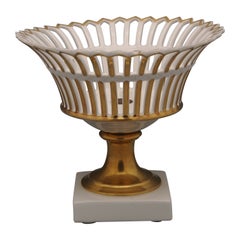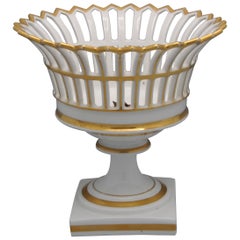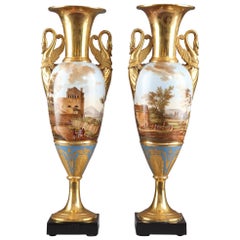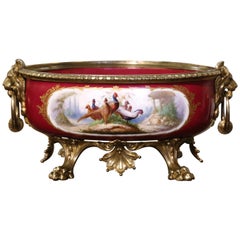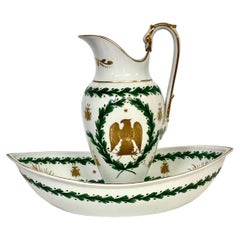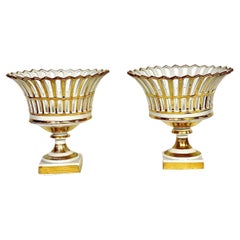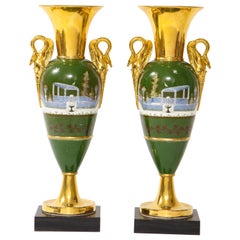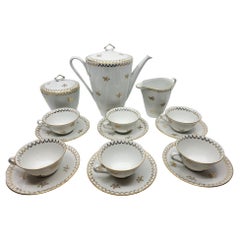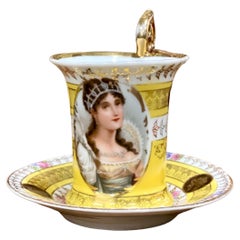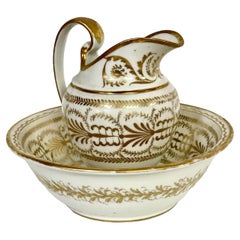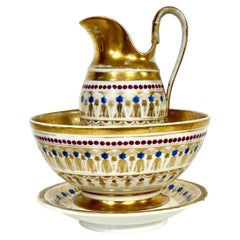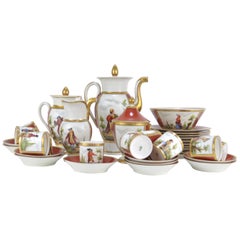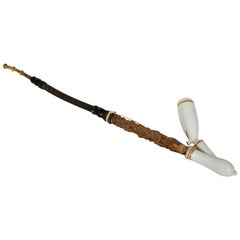Porcelaine Empire
Antique Early 19th Century French Empire Porcelain
Porcelain
Antique Early 19th Century French Empire Porcelain
Porcelain
Antique 1810s French Empire Vases
Porcelain
Antique Early 1800s French Empire Vases
Porcelain
Antique Early 19th Century French Empire Planters, Cachepots and Jardini...
Bronze
Antique Early 19th Century French Empire Porcelain
Porcelain, Paint
Antique 19th Century French Garniture
Porcelain
Antique 1820s French Empire Vases
Porcelain
Mid-20th Century French Empire Tea Sets
Gold Leaf
Antique 19th Century French Empire Porcelain
Porcelain
Antique Early 19th Century French Empire Porcelain
Porcelain
Antique 19th Century French Empire Porcelain
Porcelain, Paint
Antique Early 19th Century French Empire Porcelain
Porcelain
Antique Early 19th Century French Empire Porcelain
Porcelain
Antique Early 19th Century French Empire Decorative Baskets
Porcelain
Antique 1820s French Empire Vases
Porcelain
Recent Sales
20th Century European Empire Porcelain
Porcelain
Antique 1840s Swedish Empire Tobacco Accessories
Bone, Porcelain, Wood
Antique 1840s French Empire Tea Sets
Porcelain
Antique 1830s French Empire Platters and Serveware
Porcelain
Antique Early 19th Century French Empire Porcelain
Porcelain
Antique Early 19th Century French Empire Porcelain
Porcelain
Antique 1810s French Empire Vases
Porcelain
Antique Early 19th Century French Restauration Porcelain
Porcelain
Antique Early 19th Century French Empire Porcelain
Porcelain
Antique Early 1800s French Empire Vases
Porcelain
Antique Early 19th Century French Empire Porcelain
Porcelain, Paint
Antique Early 19th Century French Empire Tea Sets
Porcelain
Antique Early 19th Century French Empire Porcelain
Porcelain
Antique Early 19th Century French Empire Porcelain
Porcelain
People Also Browsed
2010s American Modern Cabinets
Brass
Antique 19th Century French Napoleon III Stairs
Walnut
21st Century and Contemporary English Chinoiserie Pier Mirrors and Conso...
Paint, Wood, Gesso
Antique Late 19th Century French Rococo Mantel Clocks
Ormolu, Bronze
Antique Late 19th Century French Neoclassical Grandfather Clocks and Lon...
Onyx, Marble, Ormolu, Bronze, Enamel
Antique 19th Century French Adam Style Stairs
Iron
Antique 19th Century French Other Wall Clocks
Paint
Antique 19th Century French Rococo Barware
Crystal, Ormolu
Antique 19th Century English Other Tables
Mahogany
21st Century and Contemporary Portuguese Beds and Bed Frames
Wood, Fur
Antique Early 1800s English Dinner Plates
Silver
Antique Mid-18th Century Turkish Arms, Armor and Weapons
Multi-gemstone, Metal, Gold
Antique 15th Century and Earlier Brazilian Natural Specimens
Other
Antique Late 19th Century French Napoleon III Fireplaces and Mantels
Marble, Belgian Black Marble
Antique 19th Century French Belle Époque Centerpieces
Crystal, Ormolu
Antique Early 19th Century French Charles X Game Tables
Bronze
Porcelaine Empire For Sale on 1stDibs
How Much is a Porcelaine Empire?
A Close Look at Empire Furniture
From 1804–15, Napoléon I reigned as the emperor of France, bringing the country into a new era of opulence after the fall of the monarchy and the tumultuous years of the French Revolution. He declared, “We must have very solid things, made to last 100 years.” Empire-style furniture followed suit, with imposing pieces constructed from mahogany and adorned with gilded ornaments. Expanding on the neoclassicism popularized in the previous century — such as in Louis XVI style — Empire style borrowed from the great civilizations of antiquity, from Egypt to Greece and Rome, to connect this nascent empire to the power of the past.
Napoléon I believed the production of fine furniture would reflect the stature of the republic, with his official architects Charles Percier and Pierre-François-Léonard Fontaine leading the way with their work on his residences.
Luxurious materials, symmetrical shapes and bold colors characterize antique Empire-style bedroom furniture, armchairs, cabinets and other structures, with frequent motifs including mythological creatures, geometric designs, acanthus leaves, eagles, bees (the imperial emblem) and swans, a favorite of Empress Joséphine.
Flat surfaces, like marble tabletops, were accented with decadent details, such as the bronze furniture mounts made by sculptor Pierre-Philippe Thomire for the French palaces. Martin-Guillaume Biennais, who worked as the imperial goldsmith, crafted intricate luxury objects that mixed wood, fine metal, mother-of-pearl and ivory. Ormolu — or elaborate bronze gilding — was essential to French design in the 18th and 19th centuries as a cornerstone of the neoclassical and Empire styles.
The style became popular abroad, influencing the American Empire style. Stately pieces carved with sprigs of olives by cabinetmaker Pierre-Antoine Bellange were acquired by American President James Monroe for the White House in 1817.
Find a collection of antique Empire tables, lighting, seating and other furniture on 1stDibs.
